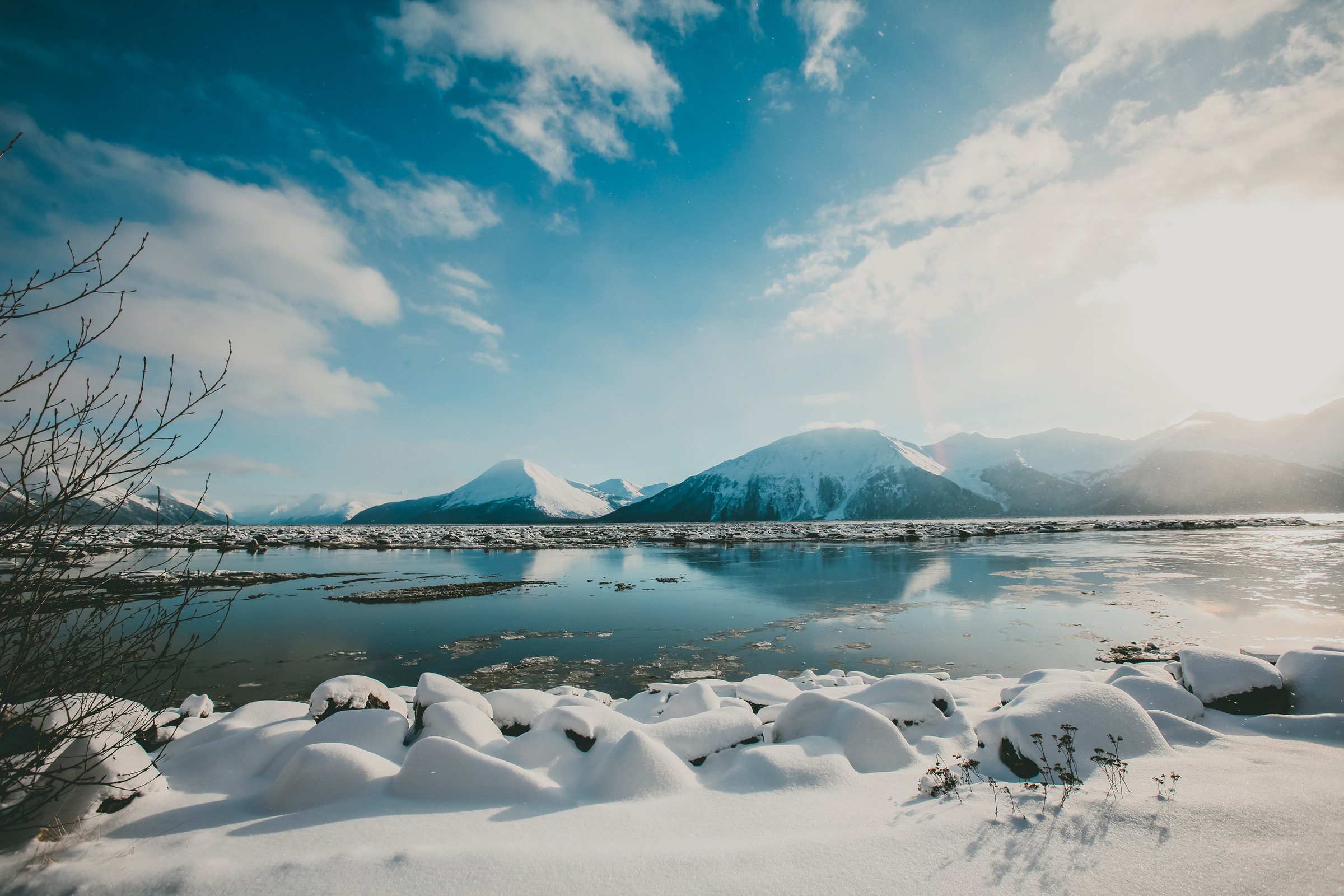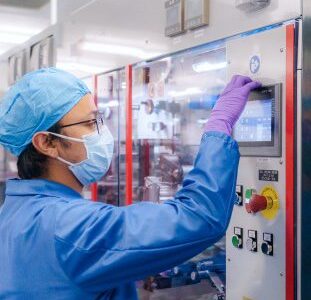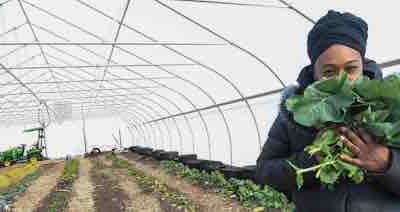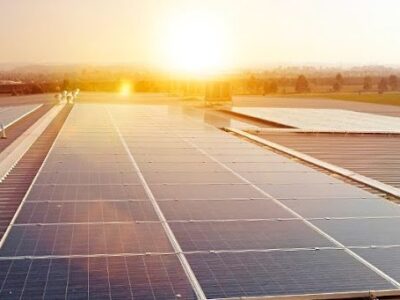Although the name suggests otherwise, seaweed isn’t a weed at all. In fact, this humble plant is a rich nutritional source for a variety of sea creatures and could also play a key role in the fight against a changing climate.
Seaweed’s carbon-storing ability actually surpasses that of a rainforest per square meter. In a single day, seaweed can grow to the same height that a tree grows in a year. Seaweed is also packed with nutrients such as potassium, iodine and iron—and there’s evidence that suggests seaweed in our ancestor’s diets contributed to the evolution of our uniquely human brains.
So perhaps it’s not surprising that the seaweed farming industry is growing, particularly in Alaska where it’s poised to become the next cash crop in the state’s developing ocean economy. Among the thousands of species of seaweed–nori, wakame, ogo and guso to name a few–kelp is one of the most widely farmed both in Alaska and around the world.
Alaska’s first commercial kelp harvest was in 2017, and since then more than 40 aspiring seaweed farmers have petitioned the state for permits. One of those aspiring farmers is Bret Bradford, a commercial fisherman based in Cordova who harvests salmon every summer.
“I thought man, how hard could it be to grow kelp?” said Bradford.
Kelp/seaweed farming is perhaps an ideal complement to commercial fishing. Fishermen are already comfortable with boats and working on the water, and they can plant and harvest seaweed during their offseason.
Although the amount of farmed seaweed around the world nearly doubled from 2005 to 2015, the number of established commercial farms in Alaska is still quite low—only four in 2019 (data is not yet available for 2020). Would-be seaweed farmers must first acquire state permits which can be expensive and time-consuming, up to two years in some cases. An aquatic farming collective called Blue Wave Futures is out to address this issue by helping with the permit process and attempting to lay the groundwork for a stable industry in the state.
The Alaska Fisheries Development Foundation (AFDF) and its organizing partners offer additional support for up-and-coming kelp farmers through workshops and training. This year’s training included over 100 participants, up from just 40 in 2020. Training is geared toward commercial fishermen and Alaska natives who want to own and operate their own seafood farm.
One of the main barriers for this budding industry in Alaska and beyond, is the lack of demand for seaweed. Although some cultures consume it on a regular basis–it’s considered a dietary staple in Japan–the average U.S. diet doesn’t include much of it.
A handful of specialty food companies are on a mission to change that. Juneau-based couple Matt and Lia started Barnacle Foods offering a line of kelp-based condiments such as hot sauces, pickles and salsas. And over in New South Wales, Australia, a company called PhycoHealth produces seaweed-enhanced pasta and cosmetics.
PhycoHealth owner and marine scientist, Pia Winberg, sees putting more seaweed into food as integral to building market demand. “Seaweed should be cleaning up the world, but nobody pays to clean up,” Winberg says. “The only way forward is to stop writing papers about it and start selling a product that people want. Put it in the food we eat every day.”
Alaska’s Blue Wave Futures is looking into selling seaweed for use as fertilizer, and other researchers in the state are focused on using kelp in biofuel.
AFDF executive director Julie Decker is encouraged by these developments in her home state. “It could really open up the demand for farmed seaweed,” she said, “which would allow for a lot more people to get involved with the industry and know for sure that they had a market.”





